The Palacio de Iturbide in Mexico City has a double distinction: it’s one of the great surviving baroque mansions of New Spain AND it was home to independent Mexico’s first emperor.
It was built between 1779 and 1785 for Miguel de Berrio y Saldívar, Count of San Mateo Valparaíso and Marquis of Jaral de Berrio, a creole aristocrat whose fortune was based on mining. He commissioned it as a wedding gift for his daughter, allegedly spending the exact amount of the dowry for fear that his new Italian son-in-law, one Marquis of Moncada, would otherwise squander the money.
He certainly got his money’s worth.
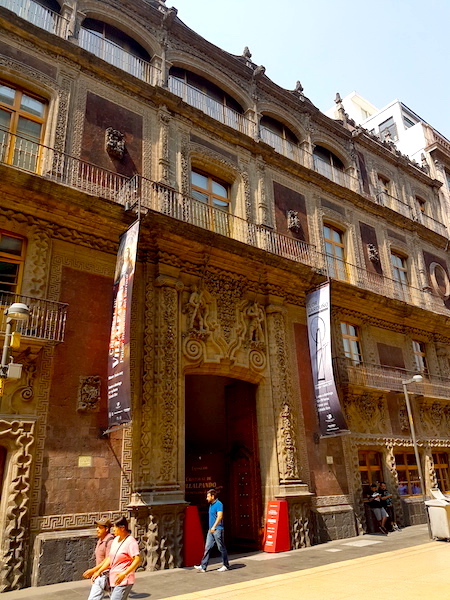
The facade of the Palacio de Iturbide on Madero Street in Mexico City.
The palace was designed in the Mexican Baroque style then still prevalent in New Spain, but architects Francisco Antonio Guerrero y Torres and Agustín Duran purportedly modelled it on the royal palace in Palermo, perhaps in honour of their employer’s son-in-law. It has 3 floors and the inner courtyard is surrounded by an 18-arch arcade.
The newly-weds duly moved in when the building was completed, but their son didn’t care for it and later let it to the last viceroys of New Spain. When Mexico achieved its independence in 1821, he offered it to a celebrated leader of the independence wars, General Iturbide, who was proclaimed Agustin I of the newly-minted Empire of Mexico on the balcony pictured below.
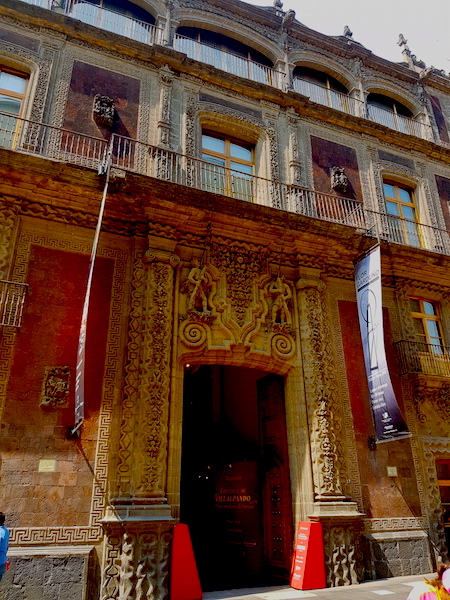
The balcony on which Agustin de Iturbide was proclaimed Emperor of Mexico..
The Emperor and his family lived in the palace throughout his short reign. He was deposed in 1823 and went to live in Italy, but rashly decided to return to Mexico the next year to reclaim his throne. He was arrested as soon as he landed on Mexican soil and summarily executed soon after.
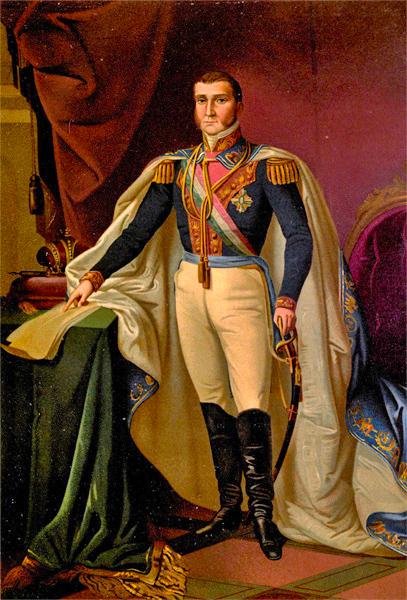
Agustin I, Emperor of Mexico (1783-1824). Credit: Wikipedia.
The building then saw service as the new nation’s mining school, appropriately enough given its builder’s source of wealth, but then had a long spell as a hotel. It eventually came into the ownership of the National Bank of Mexico, which made it over to its Banamex Cultural Foundation. The foundation today operates the palace as an art museum.
It was my luck that there happened to be an exhibition dedicated to the great Mexican Baroque painter Cristobal de Villalpando when I visited.
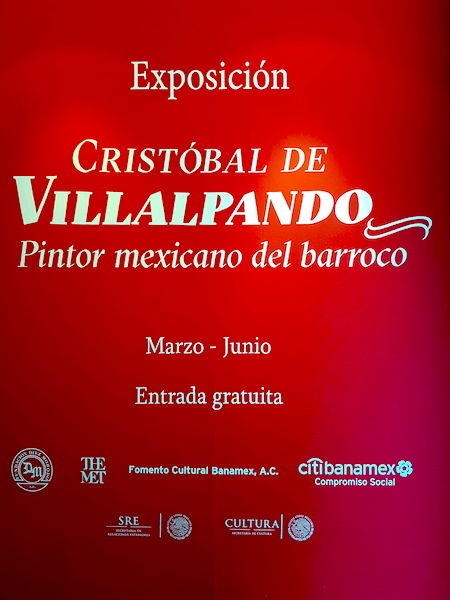
Sign for the Villalpando exhibition at the Banamex Cultural Foundation, May, 2017.
Stay tuned for a post about this marvellous exhibition. In the meantime, please share your impressions of the Palacio de Iturbide if you’ve visited it, either in the comments below, on our Facebook page (https://www.facebook.com/versaillescentury/), or in our gallery on Instagram (@versailles_century).







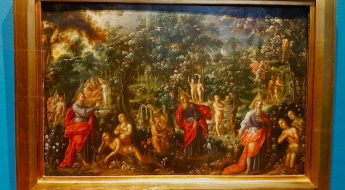
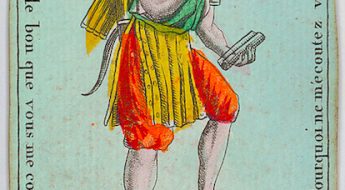
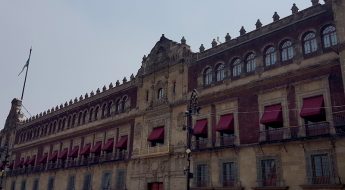








Leave a Comment